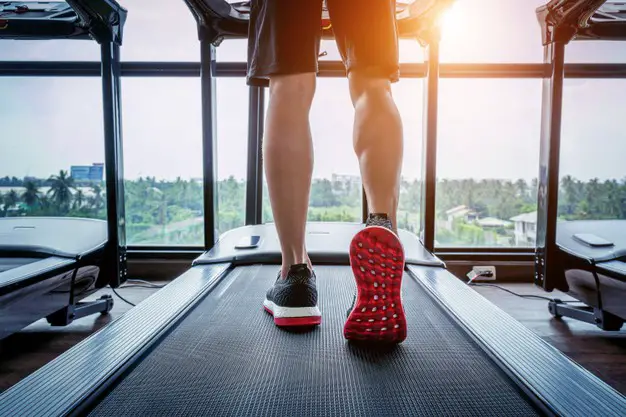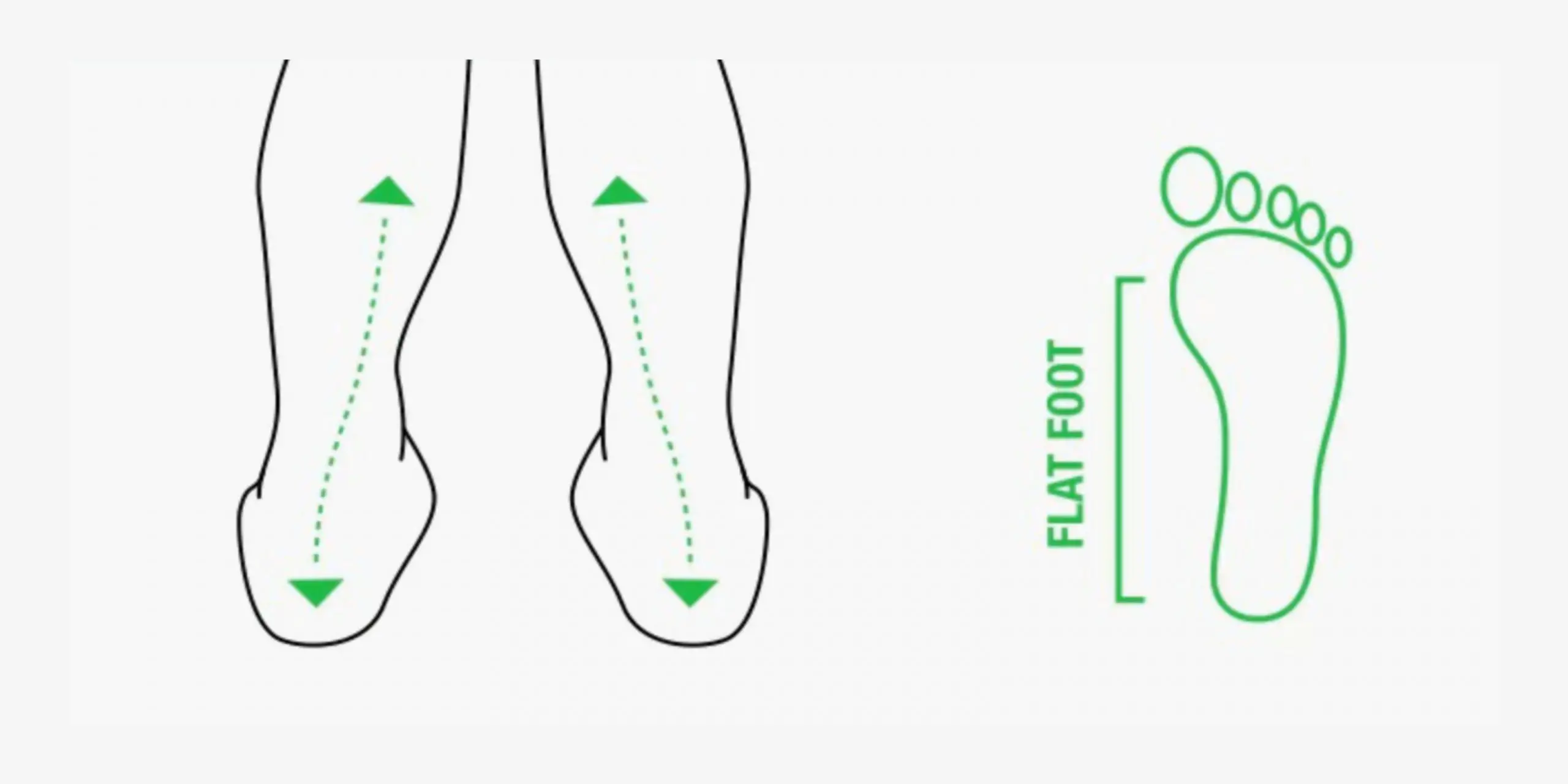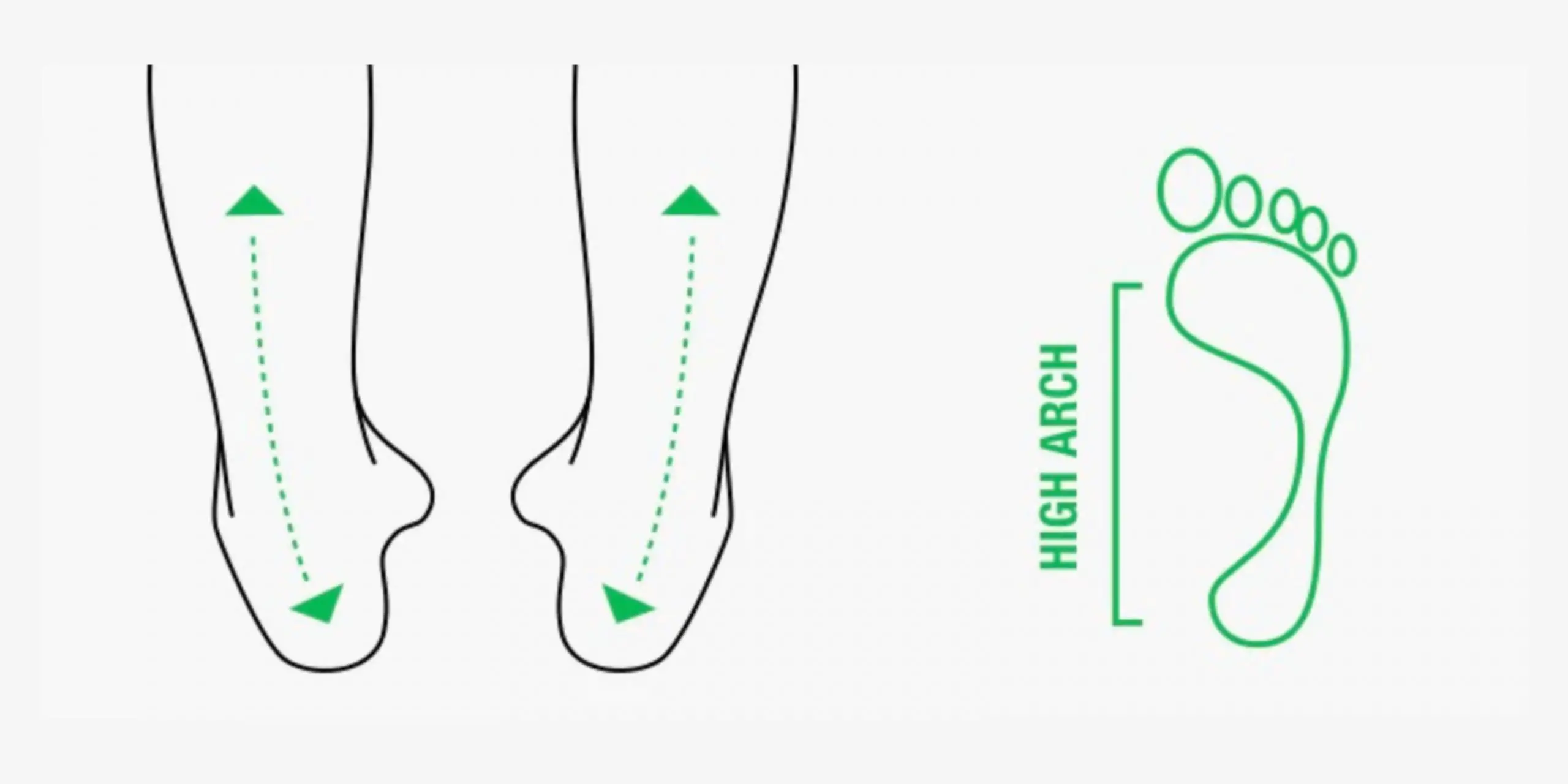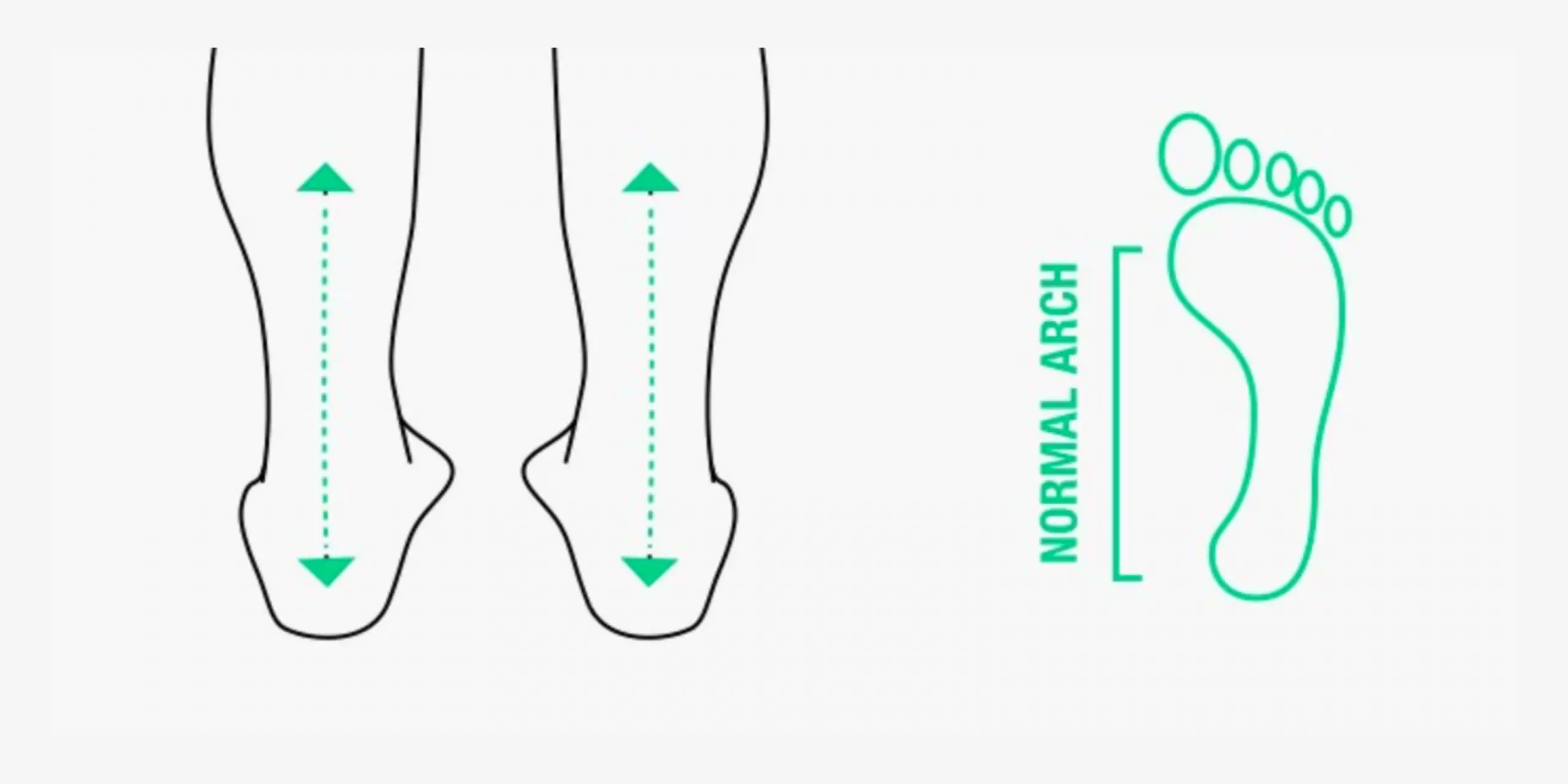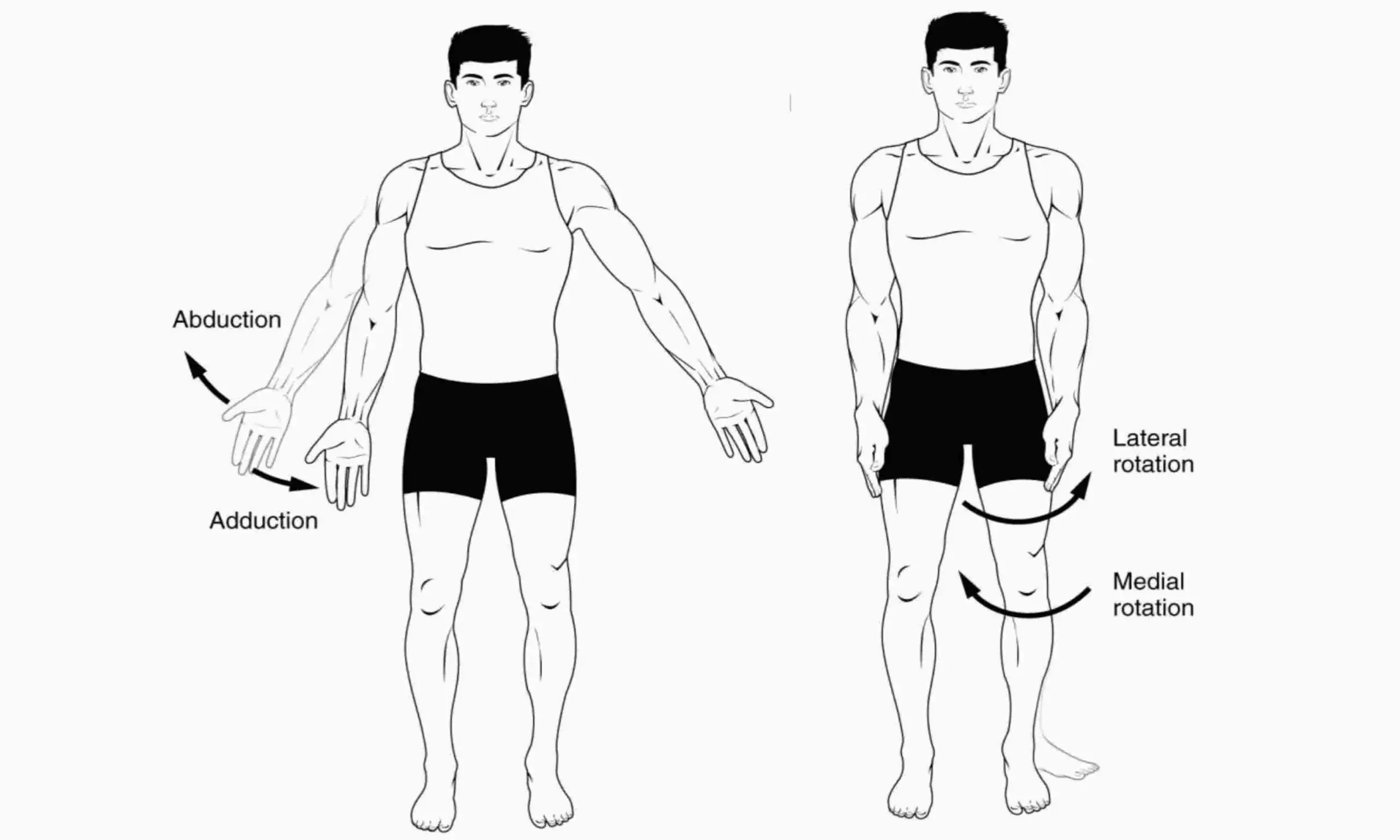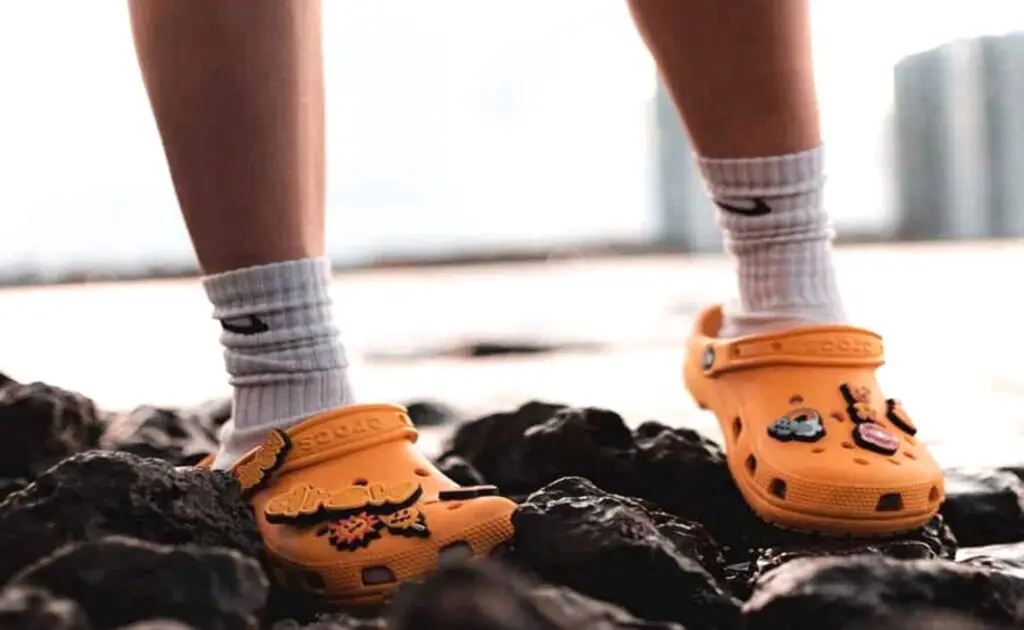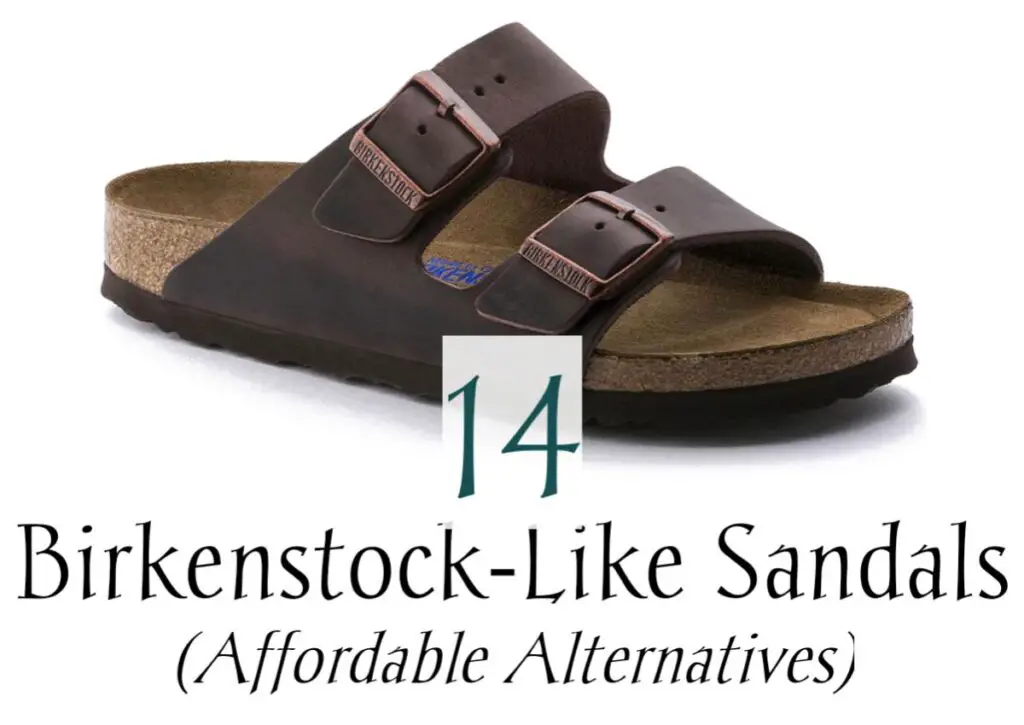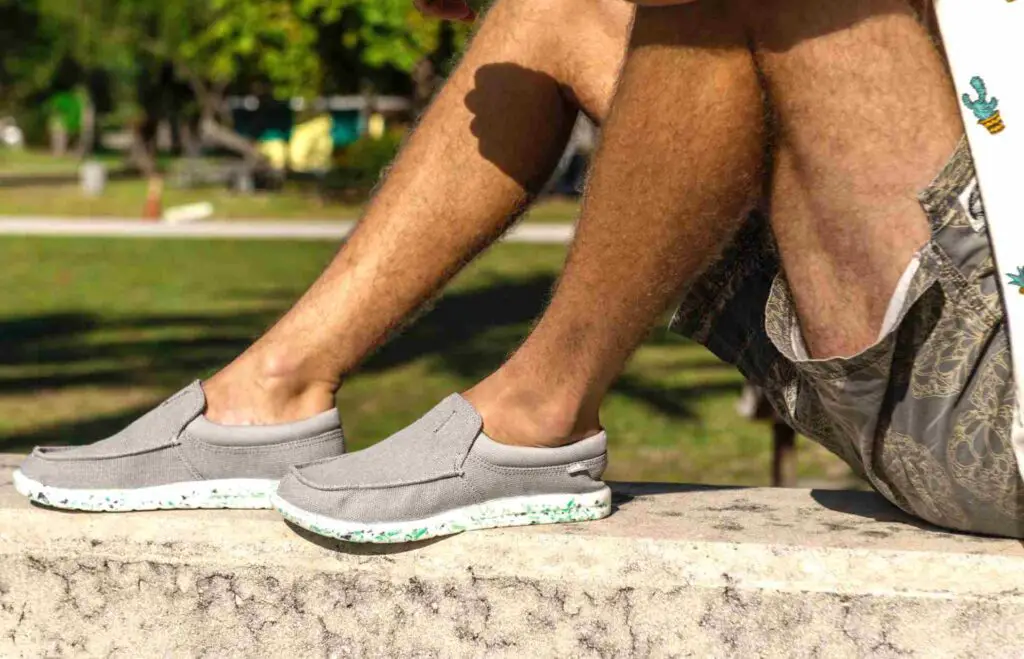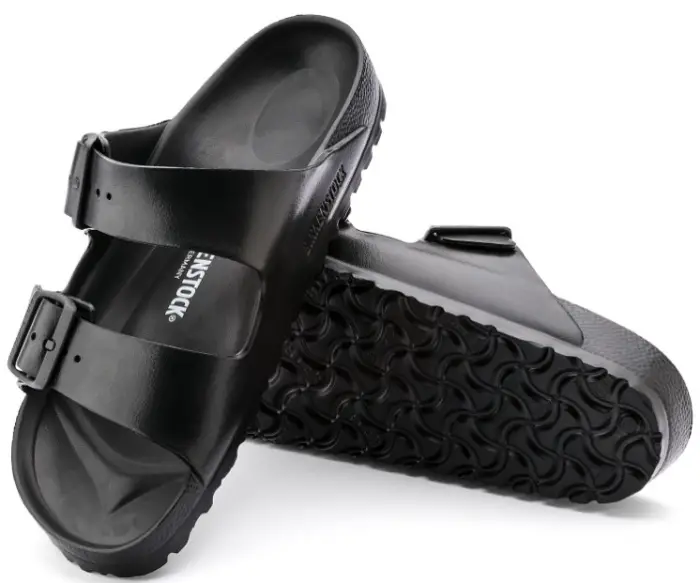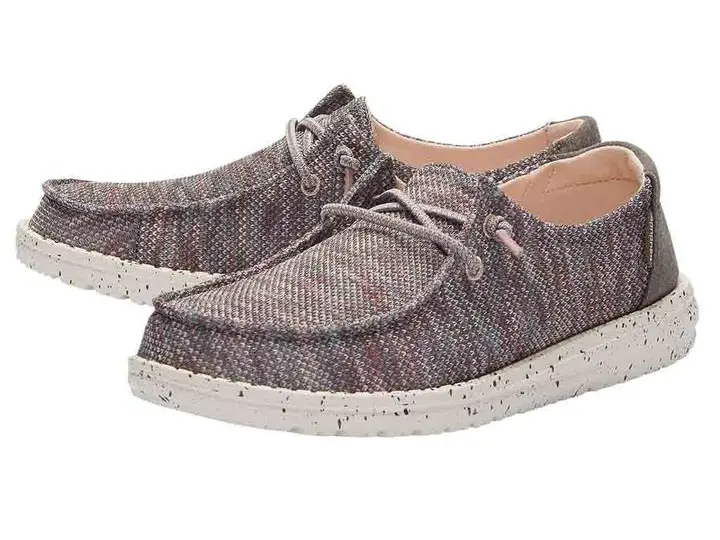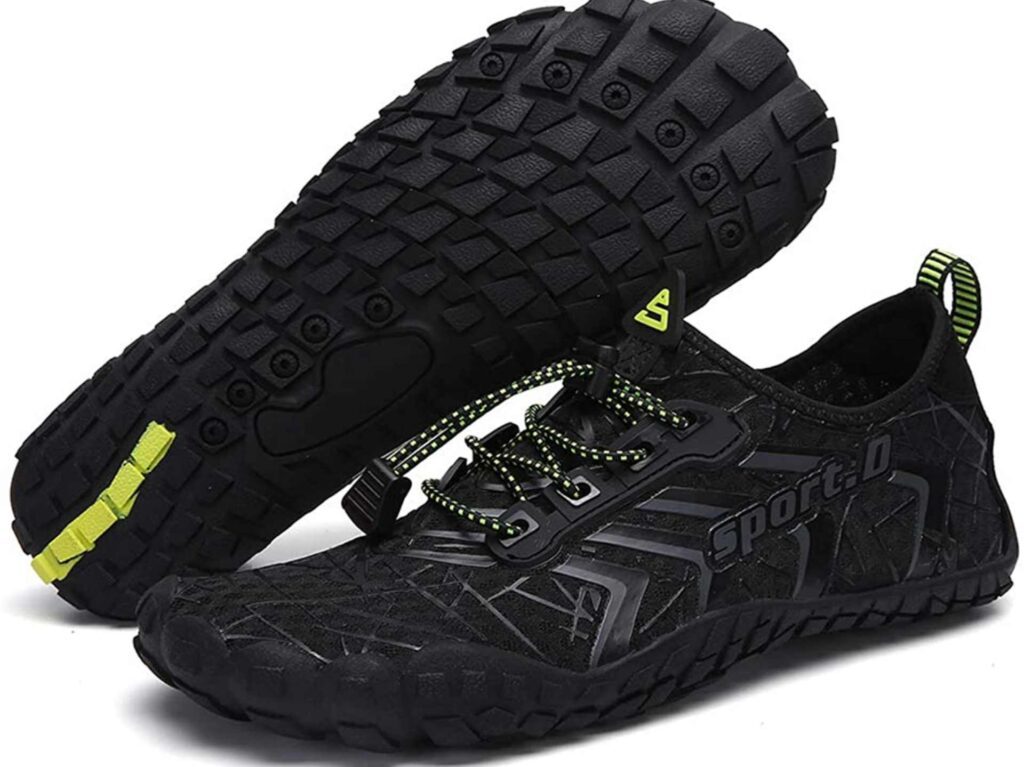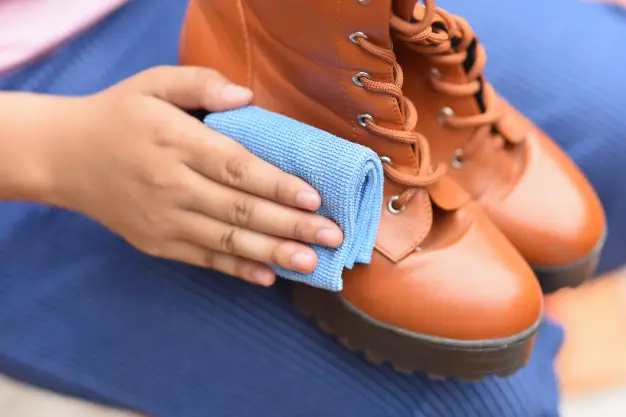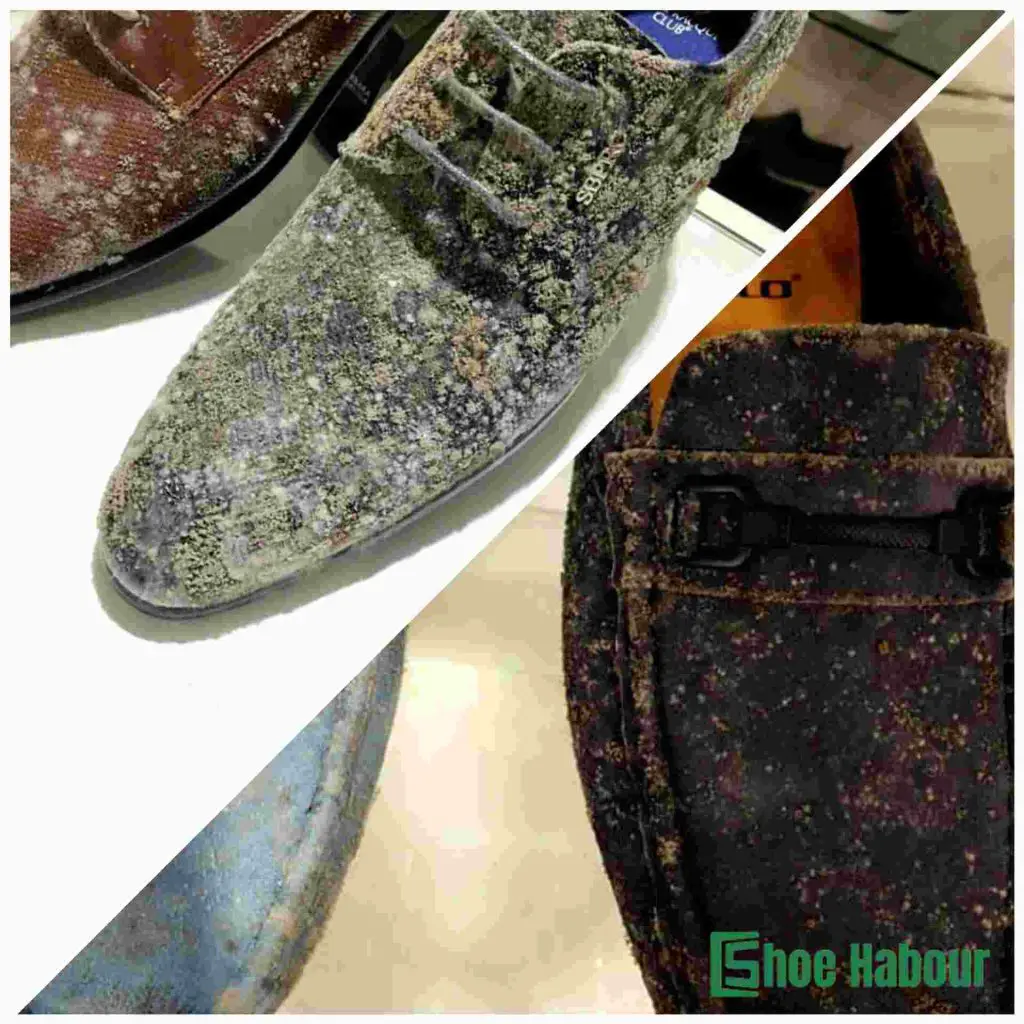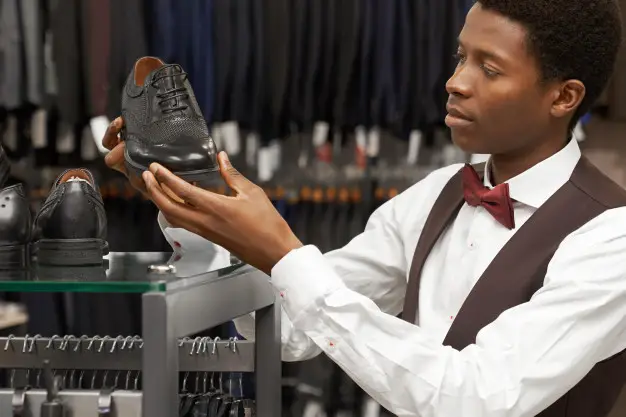Pronation is a term that defines the normal movement of the foot as it lands while running or walking. Just as the jaw movement is necessary and normal when chewing, so is pronation in the gait cycle.
There are three types of pronation: overpronation, underpronation or supination, and normal or neutral pronation. While the normal pronation maintains a straight foot landing, the heel extremely rolls inward or outward in the other two, depending on which.
This article discusses the above types of foot landing to enable you understand their differences and help you identify your pronation type. We have also recommended certain qualities you should look out for in a shoe relative to your foot pronation.
Let’s go…
Read Also: Best 20 Timberland Hiking Boots
What is Overpronation?
Overpronation is a kind of foot landing where the foot lands on the outside of the heels with the ankle excessively rolling inside and downward.
As a result, the work of push-off is primarily done by the big toe and second toe. Then, the weight of the body and the force of the landing is transferred to the inner edge of the foot instead of the ball of the foot.
Overpronation is most common with those with flat feet and low arches. However, this is not usually the case.
Overpronation has been linked to some foot injuries like plantar fasciitis, bunions, shin splints, and heel spurs.
Read Also: Best 10 Skechers for Arch Support
What is Underpronation?
Underpronation or supination is a type of foot landing where the foot hits the ground with the outer side of the heel.
Here, there is little or no normal pronation at the toe-off stage. As such, both the force of landing and work of push-off is transferred to the outer foot and done by the smaller toes.
This type of pronation is common with people with high, rigid arches. This is because their feet don’t flatten easily on striking the ground.
Underpronation is associated with running injuries like plantar fasciitis, ankle strain, and shin splints.
Read Also: Best Women’s Office shoes for plantar fasciitis
What is Neutral Pronation?
In normal pronation, the foot lands on the outside of the heel then roll inward (about 15%) to pronate properly for even shock absorption and weight balance.
Unlike the other pronation types, the work of push-off isn’t left for specific toes but it is dissipated evenly across the five toes. Nevertheless, the big toe and second toe do more work than the rest.
When your heel strikes the ground, the arch flattens to absorb this shock. Therefore natural pronators are less likely to develop running injuries. Nonetheless, they aren’t immune to them.
Overpronation vs Underpronation: Differences
| S/N | Overpronation | Underpronation | Neutral Pronation |
|---|---|---|---|
| 1 | The ankle excessively rolls inward and downwards | The ankle rolls outward as the foot lands with the outer side of the heel | The foot lands on outside of the heel and then rolls inward |
| 2 | The push off work is done by the big toe and second toe | The work of push off is done by the smaller toes | The work is distributed across the toes but the big toe and second toe do more work |
| 3 | Common with people with flat feet and low arches | Common with people with high arches | Normal pronation is common with normal-size arches |
| 4 | Peculiar foot injury like bunion, shin splints, heel spurs | Common running injury like ankle strain, plantar fasciitis | Not linked with any foot injury |
How to know your foot pronation
To choose the right running or walking shoes, it is key that you know what your natural gait is. Here are different ways to diagnose your pronation type.
1. Gait analysis
To analyze your gait, a video of your feet while running on a treadmill will be captured by an expert or podiatrist in a running shoe store.
With this video footage and other methods, the experts will explain to you the type of pronation you have. With this result, you can select the best-fit shoe.
2. Foot scanning and mapping
Another way to know your pronation is to get a foot scanning and mapping. Again, this will be done by an expert in a running clinic or a running shoe store.
Using lasers, micro cameras, and pressure scanners a high-definition 3D image of your feet is obtained. With this, experts can obtain information like the alignment of the Achilles with the leg, and your arch height.
These are more data are enough insight to give your foot landing system.
3. Tilt test
Place a pair of your shoes on a level table with the heels facing you. This should be a shoe you’ve been using for some months and not a new air.
Carefully observe how the pair is tilting. You are an overpronator if the shoe tilts inwards due to more wear of the inner part of the heel. And if it tilts outwards, there’s a chance that you’re a supinator.
4. Shoe wear pattern
You can quickly do a self-check by analyzing the wear pattern of your running shoe’s outsole. If it’s wearing out from the outer part of the heel, then it’s possible you supinate or underpronate.
Conversely, you will notice that the shoe is worn from the inner part of the sole if you are an overpronator.
This method would only give you clues and therefore, is not the best method. We recommend you get diagnosed by an expert instead.
The current global view of foot pronation
In the 1940s pronation was a hot topic in podiatry. When footwear industries started making running shoes with injury prevention in mind, they considered foot pronation with rigidity.
As science advanced, studies and experts in the industry have disapproved of the earlier belief. A study by the British Journal for Sports Medicine categorically states that foot pronation is not associated with increased injury risk in novice runners wearing a neutral shoe. This conclusion was drawn after they studied 927 novice runners for 1 year.
As reported by Runners World, Paul Lang the merchandising manager of ASICS said that “Pronation has always had such a negative connotation, but it is an important part of the run and not as ‘black and white’ as you might think.”
Today, the focus is different. It’s less about pronation but more about your desired feel, comfort, and support.
Therefore shoe recommendation for overpronators and underpronators is based on the above considerations.
What shoes are recommended for overpronators?
If you are an overpronator, you need shoes that will give you stability, maximum support, and cushioning. So, go for motion-control shoes which have medial-post support and firm midsole with arch support.
Although it’s been a common practice to recommend motion-control shoes for overpronators, it is not usually the solution. In such a condition, we recommend you get custom orthotics from your podiatrist.
These shoes provide motion control anyway, but they are conditioned to meet your specific needs. They can be expensive but they could be worth every penny you pay.
What shoes are recommended for underpronators?
Supinators or underpronators do not need motion-control or stability shoes. Instead, well-cushioned and flexible shoes are the best choice.
The cushioning is usually along the outside of the heel, on the heel, insole, and midsole. Flexibility and cushioning help to distribute impact and absorb extra shock.
Just as stability shoes cannot serve all overpronators, flexible and cushioned shoes cannot work for all underpronators. Getting custom orthotics from a podiatrist would serve.
What shoes are recommended for normal pronators?
Those with a normal pronation can wear a wide range of shoes. Nevertheless, neutral-specific shoes offering support, cushioning, and stability are most suitable.
FAQs
Is foot pronation bad?
Pronation on a normal level isn’t bad. Excessive pronation, however, can affect other parts of the body like the knee, shin, ankle leading to pains and injuries.
Can you correct foot pronation?
You can correct excessive pronation by employing different techniques:
- Using orthotics
- Wearing supportive shoes
- Engaging in exercises like jump squats, single-leg deadlift, A-skip, clamshell, jump lunge, internal/external rotation, calf raises, and Glute bridge.
How much pronation is normal?
If your foot rolls inwards about 15% on landing, then your pronation is normal. When it’s more than or less than 15%, then it is overpronation and underpronation respectively.
How does pronation differ from medial rotation?
While pronation has to do with how the foot rolls on landing, medial rotation in terms of the leg is the movement of the leg from the hip towards the midline (center of the body).
Source: Teachmeanatomy
Where do pronation and supination occur?
Supination and pronation occur on the foot from the ankle.
Is overpronation a disability?
No, overpronation isn’t a disability. Many people with this type of pronation do not experience foot pain or other problems. However, if you are having pains in the foot, ankle, or lower leg, it is medically advised to go for a diagnosis.
Such pains can be caused by Posterior Tibialis which can lead to severe pains and disability if left untreated.
What doctor treats overpronation?
A podiatrist or an orthopedic surgeon is in the best position to diagnose and treat overpronation. Like we stated earlier in this article, good athletic shoe stores have experts who can diagnose your gait. They might have enough experience to proffer solutions.
Which pronation is for flat feet?
Persons with flat feet have overpronation. The ankle rolls inward excessively while the arch remains flat.
Which pronation is for high arch?
You’re likely to have underpronation if you’ve got a high arch. Because of the high arch, your ankle barely rolls inward on every step.
What problems does overpronation cause?
Since overpronation distorts the natural balance of the body, people with this type of pronation likely develop postural issues like pelvic tilt and overcompensation.
Overpronation can also lead to overuse injuries of the foot such as plantar fasciitis.
Related Posts
10 Best Skechers for Arch Support — Review
10 Incredible Adidas Sneakers Made from Ocean Plastic

